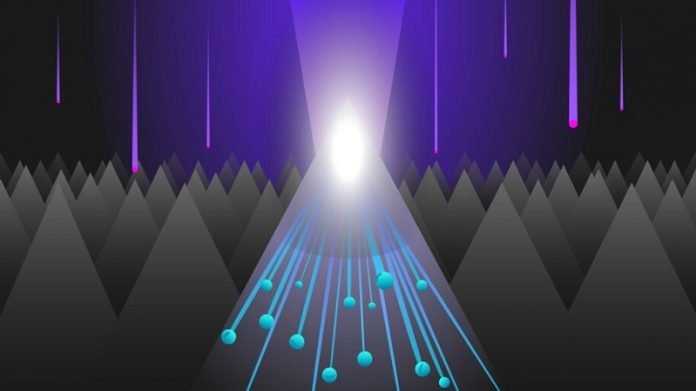
Scientists have developed a black silicon photodetector that has reached above 130% efficiency.
Thus, for the first time, a photovoltaic device has exceeded the 100% limit, which has earlier been considered as the theoretical maximum for external quantum efficiency.
“When we saw the results, we could hardly believe our eyes. Straight away we wanted to verify the results by independent measurements,” says Prof. Hele Savin, head of the Electron Physics research group at Aalto University.
The independent measurements were carried out by the German National Metrology Institute, Physikalisch-Technische Bundesanstalt (PTB), which is known to provide the most accurate and reliable measurement services in Europe.
Head of the PTB Laboratory of Detector Radiometry, Dr. Lutz Werner comments, “After seeing the results, I instantly realized that this is a significant breakthrough—and at the same time, a much-welcomed step forward for us metrologists dreaming of higher sensitivities.”
The secret behind the breakthrough: Unique nanostructures
The external quantum efficiency of a device is 100% when one incoming photon generates one electron to the external circuit.
130% efficiency means that one incoming photon generates approximately 1.3 electrons.
The researchers found out that the origin of the exceptionally high external quantum efficiency lies in the charge-carrier multiplication process inside silicon nanostructures that is triggered by high-energy photons.
The phenomenon has not been observed earlier in actual devices since the presence of electrical and optical losses has reduced the number of collected electrons.
“We can collect all multiplicated charge carriers without a need for separate external biasing as our nanostructured device is free of recombination and reflection losses,” Prof. Savin explains.
In practice, the record efficiency means that the performance of any device that is utilizing light detection can be drastically improved.
Light detection is already used widely in our everyday life, for example, in cars, mobile phones, smartwatches and medical devices.
“Our detectors are gaining a lot of attraction at the moment, especially in biotechnology and industrial process monitoring,” says Dr. Mikko Juntunen, CEO of Aalto University spin-off company, Elfys Inc. They are already manufacturing the record detectors for commercial use.
The results leading to the record efficiency has been accepted for publication in Physical Review Letters in an article titled “Black-silicon ultraviolet photodiodes achieve external quantum efficiency above 130%.”



